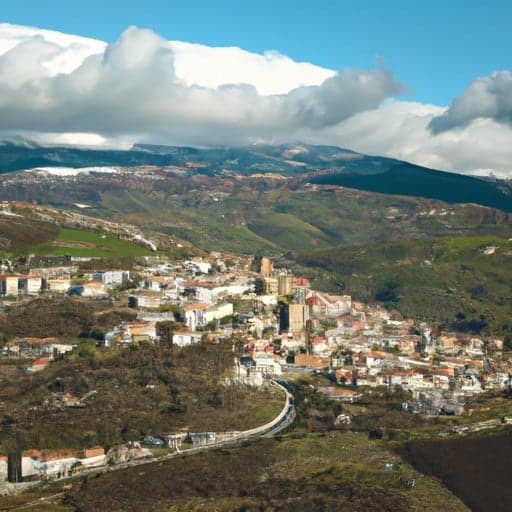Abruzzo: Your Ultimate Holiday Destination Guide

Introduction
Abruzzo, located in central Italy, is a hidden gem that offers a perfect blend of natural beauty, rich history, and authentic Italian culture. With its stunning landscapes, charming medieval towns, and delicious cuisine, Abruzzo is an ideal holiday destination for travellers seeking an off-the-beaten-path experience. In this comprehensive guide, we will explore the top attractions, activities, and accommodations that make Abruzzo a must-visit destination.
1. Natural Beauty
Abruzzo is known for its breathtaking natural beauty, offering a diverse range of landscapes that will leave any nature lover in awe. From the majestic Apennine Mountains to the pristine Adriatic coastline, Abruzzo has something for everyone.
1.1 Majestic Mountains
The Apennine Mountains dominate the landscape of Abruzzo, providing a paradise for hikers, climbers, and outdoor enthusiasts. The Gran Sasso and Maiella mountain ranges offer spectacular views, picturesque trails, and opportunities for wildlife spotting. The region is also home to the highest peak in the Apennines, Corno Grande, which stands at an impressive 2,912 meters.
1.2 Enchanting National Parks
Abruzzo is home to three national parks: Gran Sasso and Monti della Laga National Park, Majella National Park, and Abruzzo, Lazio, and Molise National Park. These protected areas are a haven for biodiversity, housing rare species such as the Apennine wolf, Marsican brown bear, and golden eagle. Visitors can explore the parks through guided hikes, wildlife safaris, and educational programs.
2. Rich History and Culture
Abruzzo boasts a rich history that dates back to ancient times, leaving behind a wealth of historical and cultural treasures.
2.1 Medieval Towns
The region is dotted with charming medieval towns that have preserved their architectural heritage. Sulmona, known for its well-preserved city walls and annual “Giostra Cavalleresca” (Jousting Tournament), offers a glimpse into the past. Other notable towns include Scanno, famous for its picturesque streets and traditional costumes, and Santo Stefano di Sessanio, a perfectly preserved medieval village.
2.2 Art and Architecture
Abruzzo is home to numerous art and architectural masterpieces. The city of L’Aquila, with its stunning Basilica di Santa Maria di Collemaggio and Fontana delle 99 Cannelle (Fountain of 99 Spouts), showcases the region’s artistic heritage. The town of Chieti is renowned for its Roman ruins, including the well-preserved Roman theatre.
3. Authentic Cuisine
Abruzzo’s cuisine is a true reflexion of its rich agricultural heritage and traditional recipes passed down through generations.
3.1 Pasta and Meat Dishes
Abruzzo is famous for its hearty pasta dishes, such as “maccheroni alla chitarra” (guitar pasta) and “scrippelle ‘mbusse” (crepes in broth). Meat lovers will delight in the region’s succulent lamb, pork, and wild boar dishes, often cooked with local herbs and spices.
3.2 Cheese and Wine
Abruzzo is also renowned for its cheese and wine production. The region produces excellent pecorino and caciocavallo cheeses, which pair perfectly with the local Montepulciano d’Abruzzo wine. Visitors can indulge in wine tastings and tours at the many vineyards scattered throughout the region.
4. Accommodations
Abruzzo offers a wide range of accommodations to suit every traveller’s needs and preferences.
4.1 Agriturismos
Agriturismos, or farm stays, are a popular choice for those seeking an authentic experience. These rural accommodations allow visitors to immerse themselves in the local culture, enjoy homemade meals, and participate in farm activities.
4.2 Boutique Hotels
For those looking for a more luxurious stay, Abruzzo has a selection of boutique hotels that offer personalised service and unique amenities. Many of these hotels are housed in historic buildings, providing a charming and elegant atmosphere.
Abruzzo is a hidden gem that offers a unique and unforgettable holiday experience. With its stunning natural landscapes, rich history and culture, delicious cuisine, and diverse accommodations, Abruzzo has something to offer every traveller. Whether you are seeking adventure in the mountains, exploring medieval towns, or indulging in authentic Italian cuisine, Abruzzo is the ultimate holiday destination.


